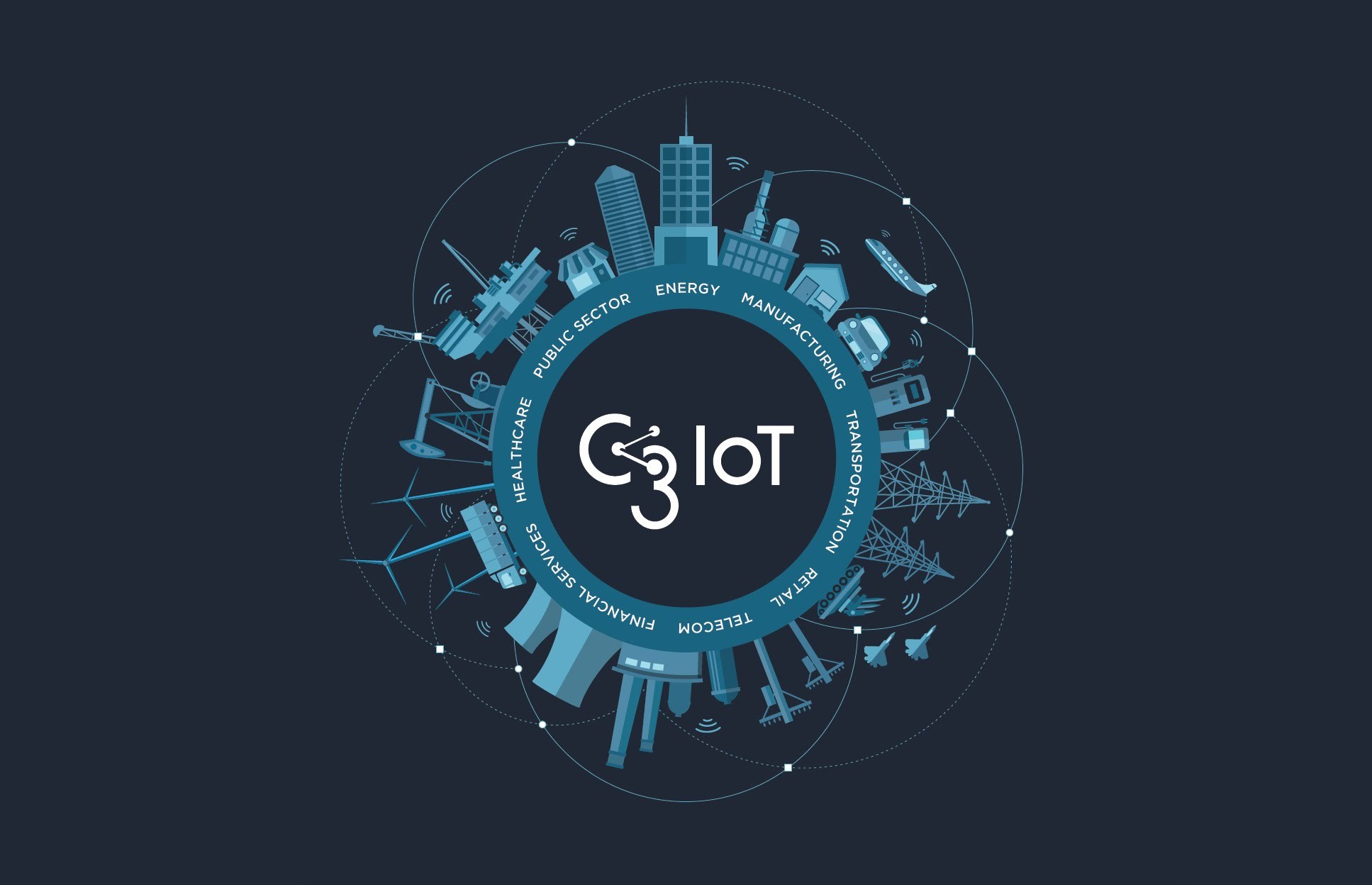
Ultra-wideband is a powerful wireless communication technology commonly referred to as UWB. The technology is versatile and can perform a variety of difficult-to-classify tasks. For example, UWB is commonly used as a ranging technology to pinpoint the location of objects and easily find things that may be misplaced or lost, such as wallets. On the other hand, UWB is also a positioning technology used to measure distance and determine the direction of movement for navigation in large indoor Spaces such as airports and shopping malls.
In addition, UWB location technology can also allow other devices to sense the presence of a smartphone or smartwatch. For example, you can automatically lock or unlock your front door based on your location; When you approach the car, it automatically unlocks the cab side door and starts the engine, while closing the doors and engine when you leave.
UWB can also be used as a radar technology to sense presence and movement, making it easier to detect if someone is leaving a room or to track objects in a production facility. Ultra-wideband radars could even be used to save lives, detecting signs of life in emergency situations; Or in daily life, as part of the car child detection system. If a child is detected in the back seat of a parked car, the system alerts the driver.
By combining these capabilities, UWB can make everyday systems smarter, safer, and more autonomous. For example, in the home, on the road, in medical facilities, and in industrial Settings, UWB-equipped systems can enable new types of spatial awareness through different combinations of ranging and radar. They can use presence, location, and motion information to save energy, increase automation, keep people safe, or make familiar experiences more intuitive and enjoyable.
In addition, because UWB can be easily combined with other established wireless protocols such as Wi-Fi, Bluetooth, and Near Field communication (NFC), developers are exploring ways to optimize power consumption, simplify user interaction, and improve accuracy by combining UWB with other wireless protocols.
Industry support
Standardization is critical for technologies such as UWB. UWB is designed to enable a variety of user experiences and services, including device-to-device and device-to-infrastructure applications. The availability of chipsets has facilitated the spread of the technology and increased adoption in various verticals, from consumer mobile devices and iot devices to automotive. This has also led to the establishment of a number of different ecosystems to support the development of standards for interoperable UWB solutions for different domains. Here are some of the key organizations guiding the development of UWB:
The FiRa Alliance is a non-profit organization founded in 2019 with the help of NXP to advance the use of UWB technology in scenarios such as access control, location-based services, and communication between devices. The FiRa Alliance has created a certification program that demonstrates interoperability of devices using UWB for ranging and positioning, based on test specifications and tools it has developed, primarily for consumer-facing devices.
The Automotive Connectivity Alliance (CCC) is a standards organization, of which NXP is a founding member. Since 2011, CCC has been focusing on the connection between cars and smartphones. First published in 2018, the CCC Digital Key Specification aims to create a UWB-based intelligent electronic ecosystem to enable mobile devices to securely store, verify and share digital keys for smart cars. The specification is supported by a certification program to confirm security and ensure interoperability of automotive access control solutions.
The Connectivity Standards Alliance (CSA) was founded with the help of NXP, originally called the ZigBee Alliance, and is now best known for its launch of the matter standard. Matter is the interoperability standard for smart home and Internet of Things technologies. In 2023, CSA introduced Aliro, a new standard that changes the way users unlock doors and other entrances using mobile or wearable devices. The Aliro protocol is supported by nearly 200 member companies, including NXP, and covers the definition of technologies such as NFC, Bluetooth Low Energy (BLE), and UWB. As with Matter, CSA will establish a certification program for Aliro to ensure a safe, convenient and consistent experience across devices.
In order for a user to use a UWB device to interact with any other UWB device, whether it's an air conditioner in a home or an access control in a car, an eco-cooperative system is needed to develop a secure and interoperable solution. To achieve this seamless interaction, industry stakeholders including FiRa, CCC and CSA often collaborate. While they may each focus on different aspects of UWB, they work hand in hand to promote interoperability, scale, and promote the next generation of UWB use cases.
UWB in your smartphone
Another reason UWB technology is growing rapidly in such a wide range of use cases is that it is now a standard feature on the latest flagship smartphones from Apple, Google, Samsung, and others.
This created a ready-made infrastructure for UWB functionality, and developers were quick to take advantage, especially in consumer-facing applications. For example, asset trackers, digital keys, and various smart home devices such as fans, lights, and smart speakers can all interact with and respond to UWB-enabled smartphones.
Currently, more than 1 billion devices worldwide support UWB technology. ABI Research expects annual shipments of UWB devices to exceed 500 million units by 2025. As more and more smartphones, smartwatches and other wearables/portable devices incorporate UWB as a standard feature, consumer familiarity with the technology will continue to increase, which in turn will drive demand for UWB application scenarios.
UWB technology is widely used in automotive, mobile devices, industrial and Internet of Things devices. See how Trimension UWB products enable a variety of application scenarios with safe ranging and radar capabilities.
Current and future application scenarios
Driven by standards organizations, UWB technology continues to evolve and is widely used in mainstream consumer electronic devices. We anticipate that UWB will become a standard feature of systems that integrate seamlessly into everyday life. Here are some examples in progress:
Automotive: As mentioned earlier, UWB has become part of the CCC Digital Key specification, which allows drivers to automate the management of car access controls using their smartphones. Users can turn on and start the car without having to show their smartphone or smartwatch. To protect the non-inductive digital key, the UWB-enabled mobile device and the car authenticate each other, and the car verifies that the mobile device's CCC digital key authorizes the requested action. In addition, secure ranging with high-precision time-of-flight measurements can prevent relay attacks, which use signal amplification to trick vehicles into thinking a mobile device is nearby, even when it is not.
An important growth trend for UWB technology in cars is rear Passenger Alert (ROA) systems, also known as Child Legacy Detection (CPD) systems. These in-vehicle systems are able to prevent children from being left behind in overheated cars - another major trend in UWB in cars. The UWB radar is stable, reliable and very accurate, and can detect even very small body movements, including the rise and fall of the baby's chest as it breathes. Therefore, UWB radars are ideal for ROA/CPD systems. In addition, another reason automakers choose UWB technology for ROA/CPD systems is that the vehicle's existing UWB ranging solution can expand its capabilities to include the UWB radar required for ROA/CPD systems. This allows UWB ranging and radar capabilities to be combined for multiple uses. UWB radar has other applications in cars. For example, it could be used in a seat belt reminder system that combines the status of the seat belt with seat occupancy. If the system detects that someone is not wearing a seat belt, the car will sound a continuous alarm until the seat belt is fastened.
Smart home and smart Building: UWB-enabled smartphones and remote controls enable peer-to-peer control and "find my" functionality. Uwb-enabled speakers are able to optimize sound rendering based on the occupancy of the room and the location (and movement) of the listener. Living rooms can automatically adjust Settings based on the location of people, optimizing the operation and energy efficiency of heating, ventilation and air conditioning (HVAC) systems, lighting networks and entertainment systems. In addition, UWB technology can be used for functions such as secure authentication, peer-to-peer control, secure access, obstacle sensing, presence detection and mapping. These features increase the level of automation and make home appliances safer, more efficient, and more intuitive to use.
Industrial iot: Applications of UWB technology in production facilities and other industrial Settings include tracking work-in-process (WIP) goods, tools, and heavy equipment to increase productivity. More recently, UWB has also been used to manage employee access control, locate workers in emergency situations, and support geofencing features to ensure that only authorized personnel have access to restricted areas. Geofencing can also be used in conjunction with self-driving cars to avoid entering hazardous environments. In addition, robots equipped with UWB devices can continuously sense the presence of people or moving objects and automatically stop operations when they detect a target entering a specified area. Combining UWB technology with cameras for computer vision can increase autonomy, improve energy efficiency, and improve safety.
The Products You May Be Interested In
 |
3423 | RUGGED METAL PUSHBUTTON | 270 More on Order |
 |
917 | RUGGED METAL ON/OFF SWITCH | 361 More on Order |
 |
915 | SWITCH PB 16MM BLU LED | 116 More on Order |
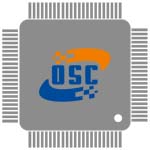 |
3104 | PUSHBUTTON RED POWER SYMBOL MOM | 391 More on Order |
 |
472 | SWITCH PUSHBUTTON SPST-NO PINK | 245 More on Order |
 |
3828 | 5 ETAPE LIQUID LEVEL SENSOR WITH | 307 More on Order |
 |
1170 | MAGNET ROUND, SQUARE FRAME | 258 More on Order |
 |
377 | ROTARY ENCODER MECHANICAL 24PPR | 300 More on Order |
 |
352 | AC/DC DESKTOP ADAPTER 12V 60W | 246 More on Order |
 |
416 | ELECTROLUMINESC STRIP 100CM WHT | 231 More on Order |
 |
2535 | NEOPIXEL DIGITAL RGB LED STRIP - | 485 More on Order |
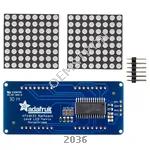 |
2036 | ADDRESS LED MATRIX I2C YLW-GRN | 283 More on Order |
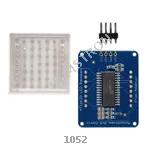 |
1052 | ADDRESS LED MATRIX I2C BLUE | 204 More on Order |
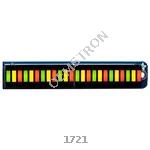 |
1721 | ADDRESS LED MOD I2C RED/YLW-GRN | 393 More on Order |
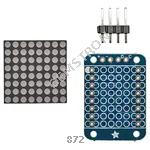 |
872 | ADDRESS LED MATRIX I2C GREEN | 293 More on Order |
 |
2343 | ADDRESS LED DISCR SER RGB 10PK | 960 More on Order |
 |
2674 | MONOCHROME 2.7 128X64 OLED GRAPH | 254 More on Order |
 |
913 | 3.5"" TFT DISPLAY 320 X 240 | 493 More on Order |
 |
4243 | 2.13"" FLEXIBLE MONOCHROME EINK / | 437 More on Order |
 |
4128 | ADAFRUIT 2.13"" TRI-COLOR EINK / | 373 More on Order |
 |
2354 | TFT DISPLAY - 800X480 WITH TOUCH | 568 More on Order |
 |
4042 | DIFFUSED RED AND GREEN INDICATOR | 475 More on Order |
 |
1855 | SMALL 1.2 8X8 ULTRA BRIGHT SQUAR | 283 More on Order |
 |
2973 | LED CHARLIEPLEXED MATRIX - 9X16 | 368 More on Order |
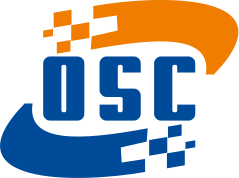
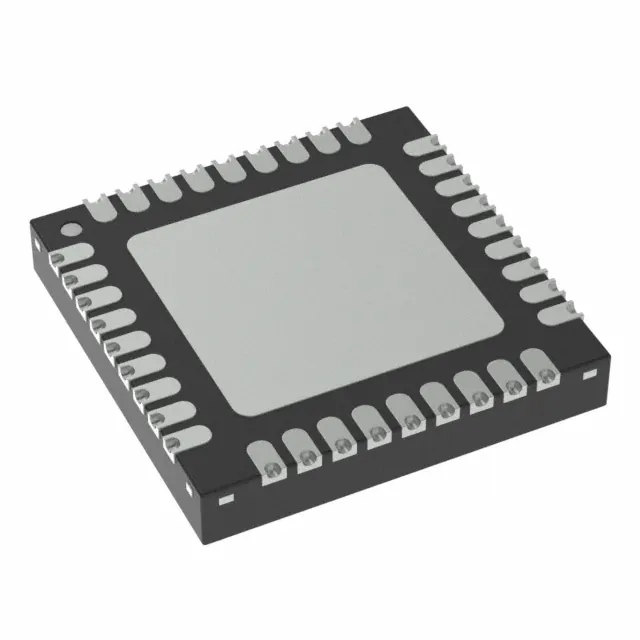 Semiconductors
Semiconductors









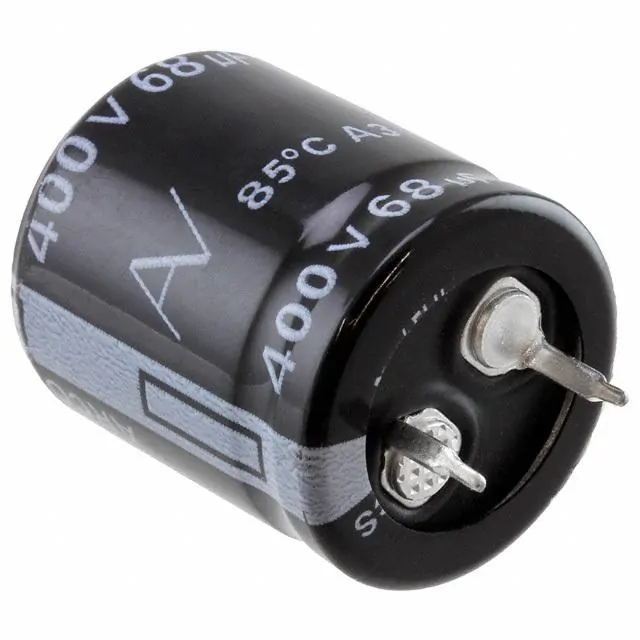 Passive Components
Passive Components









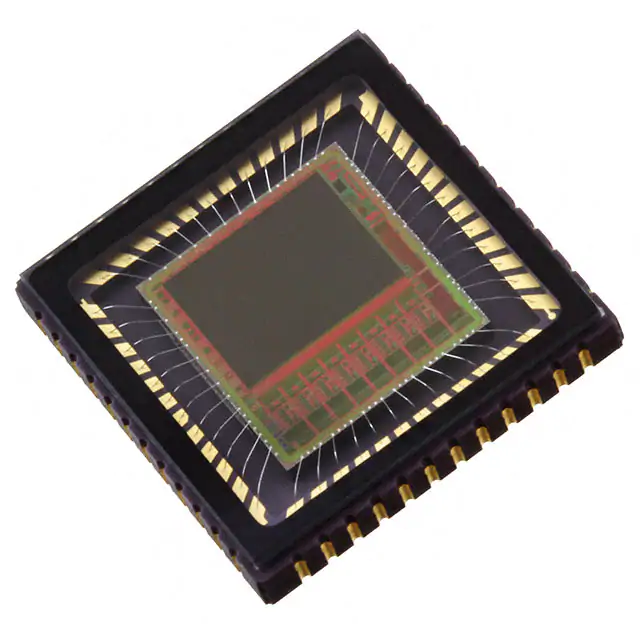 Sensors
Sensors








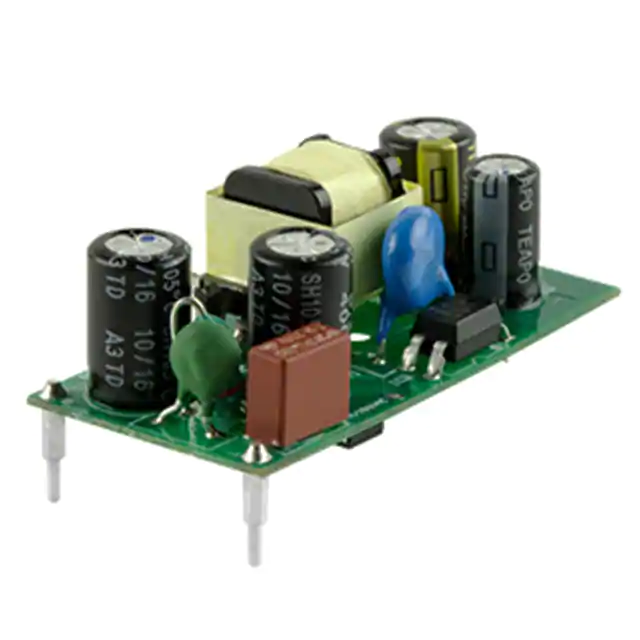 Power
Power









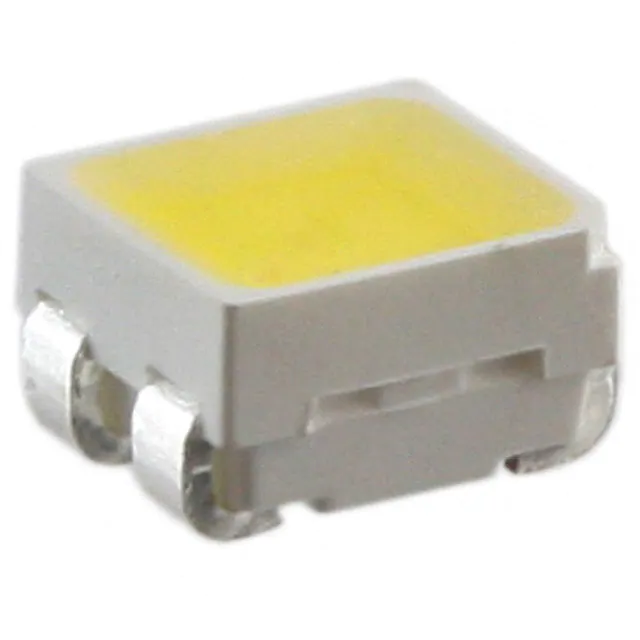 Optoelectronics
Optoelectronics








